Hope for the opposite as we may, humans don鈥檛 enter this world on an even playing field. Even excluding complex socioeconomic issues, inequality lurks in our medical charts: some of us are genetically predisposed for medical issues such as heart disease and certain cancers. A study from Harvard鈥檚 School of Public health suggests that our genes even make some of us more likely to be obese*.
The genetic injustice doesn鈥檛 stop with homo sapiens. Our canine companions can be genetically fated for certain disorders as well due to breeding practices. Over countless generations, dog enthusiasts created the various breeds by selecting and breeding only dogs that displayed certain desired traits, such as certain coat colors and face shapes. This selective breeding for appealing qualities depleted genetic diversity, leaving weaknesses in individual dogs鈥?genetic maps.
For instance, the intense breeding required to produce the Dalmatian鈥檚 stunning spots also brought their genetic predisposition for ailments such as kidney stones and deafness. Along the same lines, poodles are well-loved around the world for their gorgeous, hypo-allergenic fur and intelligence. Unfortunately, rigorous breeding to satisfy demand for these popular pooches has also made poodles the breed most predisposed to disease: they have been linked to 145 genetically-influenced disorders.
Obesity is no exception. In many cases, the causes of obesity are self-evident: as in humans, when a dog eats too much, and exercises too little, he or she is likely to become overweight. Additionally, low-quality, low-protein dog foods may encourage overeating, as dogs need to eat more to feel satiated. The majority of canine obesity cases are rooted in these causes.
However, certain dog breeds are more likely to gain excessive weight, for the reasons listed below. If you鈥檙e feeling worried because your adorable puppy鈥檚 breed is listed, take heart: we鈥檝e also listed techniques for preventing weight gain, or, if it鈥檚 too late for prevention, helping your dog shed those extra pounds.
Chow Hounds: Breeds Likely to Eat Quickly
A quick review of the history of the canine species explains why some dogs practically inhale their food. Many experts believe that dogs broke off into separate species 15,000 years ago, when certain wolves opted to step into a new human-created niche, living near the easy food supplies of waste dumps. In this circumstance, it made sense for dogs to eat quickly, so they could ingest as much food as possible before the appearance of rival dogs or predators.
Today, the original utility of rapid consumption has been replaced with the problems of obesity and dog bloat. Obesity results when owners often assume that their chow hound is still hungry, leading to over-feeding. Gastric tortion, or dog bloat, is a much more immediately severe disorder in which the dog sucks up air with their food, causing the stomach to twist in on itself, blocking exits, even as digestion continues to release more gas. The deep, narrow chests of breeds such as the Collies and the St. Bernard make them more likely to suffer dog bloat. Other fast eaters include large breeds such as Labrador retrievers, Basset Hounds, Rottweilers and any dog that had to worry about having its food taken away as a puppy. Keep in mind that any breed may eat too quickly; monitor your dog鈥檚 eating habits to determine if he or she is overeating food.
How to Slow your Chow Hound Down
? Set a consistent feeding schedule, and stick to it. Many vets suggest two daily feedings, in the morning and evening. Record how much you typically feed your dog each day, and check with your vet to see if this is an appropriate amount. Avoid giving your dog table scraps and other people treats.
? Create an obstacle in your dog鈥檚 bowl. Some owners and vets recommend placing a tennis ball or large rock in your dog鈥檚 bowl to slow eating. Other, more aesthetically-pleasing solutions, like the DogPause Bowl, uses the same principal to simply but effectively slow down a dog鈥檚 eating pattern. These bowls have half-cup divisions in the bowl that create an obstacle for your puppy to work around in order to get to its meal.
Canine Energy: Breeds that Need Lots of Exercise
Some dogs were specifically bred for work. Shepherds were bred to run around all day herding sheep, for instance. It鈥檚 no surprise, then, that work dogs like German Shepherds, Dobermans, Rottweilers, and Beagles put on extra weight when they don鈥檛 get daily exercise.
How to Get Your Four-Legged Friend Back to a Healthy Weight:
? Get out there and play. A half hour of exercise is a good idea for all dogs, regardless of size. Your dog may need more - some vets recommend that you walk your dog one city block for every ten pounds of weight. Talk to your vet about the recommended amount of exercise for your puppy to see if his or her breed may require a little extra time running around to stay in shape.
~Ben Anton, 2009

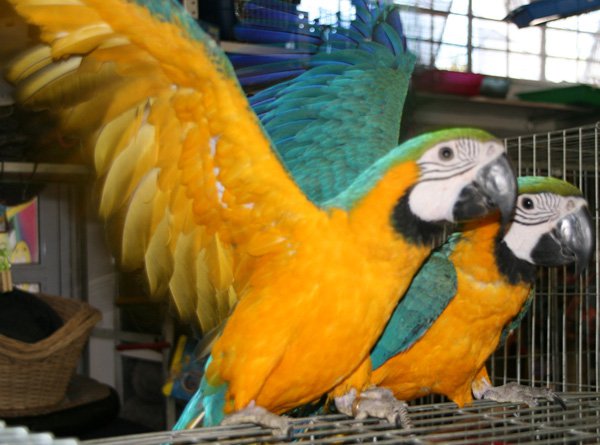 Dog Gear and Accessories for Training
Dog Gear and Accessories for Training
Canines
Dog Gear and Accessories for Training
Dog Gear and Accessories for Training
Canines
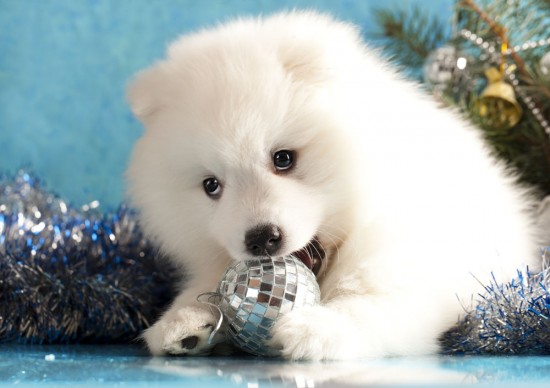 A Christmas Survival Guide For Pets
A Christmas Survi
A Christmas Survival Guide For Pets
A Christmas Survi
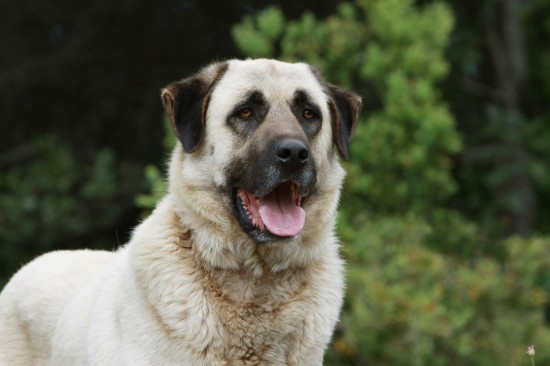 The Amazing And Unusual Working Role Of The Anatolian Shepherd Dog
The Amazing And U
The Amazing And Unusual Working Role Of The Anatolian Shepherd Dog
The Amazing And U
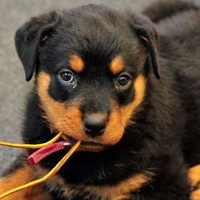 An Exercise In Exercise Patient: Why The Dog Is Banned From Future Workouts
Although the dog is just a bit overweight, she is no lon
An Exercise In Exercise Patient: Why The Dog Is Banned From Future Workouts
Although the dog is just a bit overweight, she is no lon
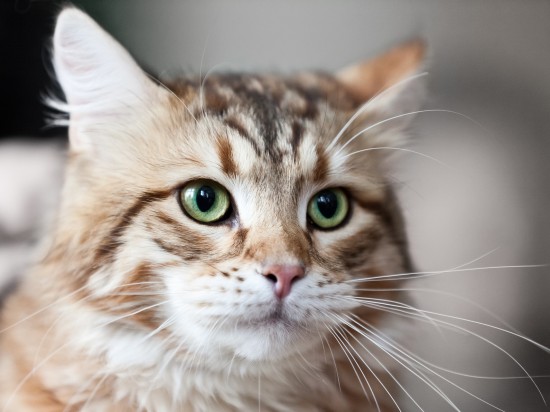 The Cat’s Whiskers !
The Cat’s Whisker
The Cat’s Whiskers !
The Cat’s Whisker